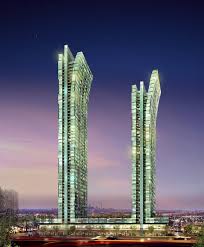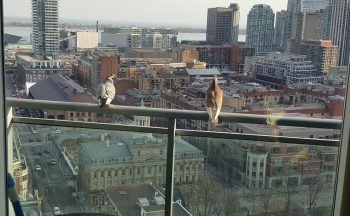 March 2020
March 2020
As condo buildings grow in height from under 30 storeys to upwards of 90 storeys, new challenges arise. Maintaining buildings of this height differs from what we have come to expect in the typical 12 to 25 storey building.
In smaller buildings major equipment is generally located on a roof or in the basement. These locations are too far away to adequately service an entire building exceeding about 30 storeys. It becomes necessary to locate equipment mid-level in a building which can create unwanted noise and vibration affecting nearby suites. Replacing this equipment becomes more complex.
Height creates challenges when delivering water, heat, air conditioning, ventilation, internet services and even cellular reception. Ensuring all suites receive adequate service requires equipment to be placed throughout the building. In essence, a 90 storey building is designed and treated as if it were three 30 storey buildings stacked on top of each other. Spreading equipment throughout a building creates further maintenance, replacement and other challenges.
Replacing large equipment on higher roofs or mid-building is more complex and expensive. Larger equipment is necessary to transport equipment to or from the roof or mid-level. It takes longer and the cost is higher. Repair and maintenance may be delayed because of stronger winds at higher altitudes.
Michael Grist is Managing Director of Excel Projects which includes window cleaning where “no challenge is too high”. He explains why window cleaning is more difficult in higher condo buildings. “Window cleaning may be one of the biggest challenges with insurers hesitant to insure cleaning beyond 50 storeys. Cleaning takes longer and can encounter more delays because of wind and cold temperatures at higher levels. Employees working at higher levels command a higher salary to compensate for increased difficulty.”
Today’s condo owners generally need to contribute $2,000 to $3,000 per year per unit to their reserve fund. For larger buildings this can increase to about $5,000 per year per unit.




